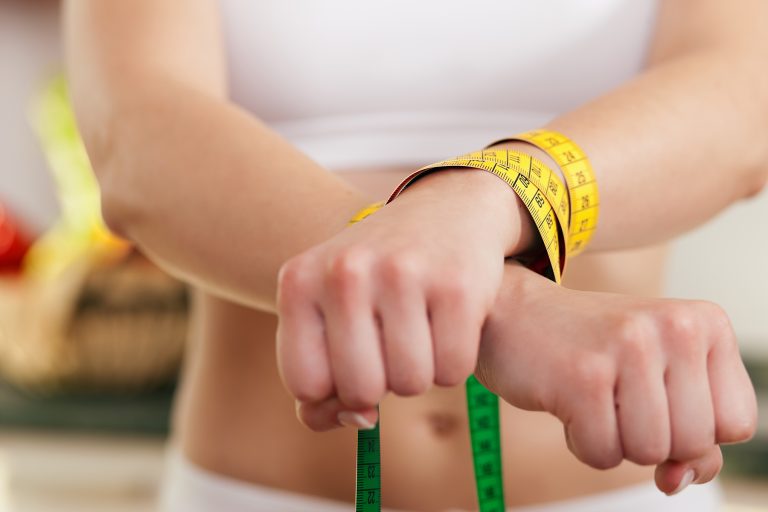We’re very concerned to see the increase in teens self-harming and how self-harm and addiction is commonly linked.
Unfortunately, many of our young clients come to us for addiction help, but also exhibit self-harming habits, and their parents don’t know how to help them. It really is heartbreaking to see the effects of these addictions on the whole family and it’s our job to help them to overcome it together and rebuild bonds to create an effective support system during their time at our private rehabilitation centre. Thankfully, we’ve seen just how transformational the process can be, and how these youngsters can go on to have fantastic lives in the future.
A large and growing problem
A study in 2013 revealed that one in four 12-16 year olds studied reported self-harming thoughts and one in six engaged in self-harming behaviour over a one year period and that few asked for help.
Another study in 2018 found that almost 18% of the 64,000 teens involved in the research had purposely injured themselves in the previous year. They found that girls were particularly at risk of self-harming and that the rates of self-harm in this group have been increasing significantly in recent years.
A 2017 study reviewed hospital admissions for self-harm across 66 hospitals in the US between 2001 and 2015. They noticed a significant increase, particularly in girls from 2009 and that it continued to rise until the end of the study in 2015. Sadly, girls aged 10-14, saw the biggest increase, with a 19% increase in self-injury over the 14-year period.
Certainly, it’s something that we’re hearing more about in recent years and which really needs addressing.
What is self-harming?
Self-harm is defined as someone hurting themselves intentionally, but without intending to kill themselves. However, there is an increased risk of dying by suicide in people that self-harm, so it must be taken seriously and managed carefully.
The most common ways to self-harm are cutting, poisoning, burning, scalding or pulling out hair and it’s usually a secretive behaviour that they use to manage their emotions. Self-harm can be associated with depression or anxiety and be used as a way to reduce the pressure of exam worries, negativity or bullying either in person or on social media.
Signs of self-harming to look out for
It is a complex area, but is often accompanied by low mood, insomnia, or changes in eating habits. If you notice your loved one covering up their arms or legs, not wanting to expose their bodies in swimwear, or find blood on clothing or tissues, there could be an issue.
What to do if you suspect your child is self-harming, or you’re doing it yourself?
It’s important to get the right help, and there is lots of help out there. Usually, the best port of call is your GP, but if you don’t feel comfortable going to them then there are telephone and messenger support services.
The Mix offers essential support for anyone aged 12-25 in the UK and has a crisis messenger support service. Text THEMIX to 85258 for support.
You can also contact Childline for any issue you might have, if you’re under 18. Call, chat online or email their crisis service.
The Samaritans are also there to help and you can call 116123 anytime to talk to someone.
There’s also a free online 7-week course for 11–19-year-olds struggling with self-harm, called Alumina.
Therapy can also be a massive help to overcome the issue, with CBT working well to learn coping strategies.
You can find out more about self-harm on healthychildren.org
If you feel that an addiction to alcohol or drugs is associated with self-harming, then an inpatient rehabilitation centre is a very safe place to seek help for both issues.
The link between self-harm and addiction
Self-harm in itself can be addictive and is used as a way to relieve pain or deal with difficult emotions. Drinking in excess or taking drugs are also ways that people often numb themselves to pain and stress and can be used as a form of self-medication. Because the reason behind the behaviour is often the same, self-harm and substance abuse can go hand in hand.
Drug use can also lead to self-harm. Particularly high-risk drugs are amphetamines and benzodiazepine. Alcohol use is also linked to self-harming.
Unfortunately, many of the clients who come into our private rehabilitation centre are exhibiting both substance addiction and a compulsion to self-harm. Our job is to help them get to the root of the problem, whether that is a past trauma, or a mental health problem and to discover what is making them abuse alcohol or drugs and self-harm.
Using a range of therapy techniques, including CBT, which has shown to be effective at helping with addiction and self-harm, we break down those walls, increase understanding of the why and equip clients with coping strategies and techniques for resisting the urge to do themselves harm, or to abuse drugs or alcohol.
We also use nutritional rehabilitation and fitness and wellbeing tools such as yoga to build up their physical and mental strength and resilience and show them how to take care of themselves and manage their emotions and stress.
It is possible for them to get help, feel happy and stop self-harming. As the Mum of an 18-year-old client recently said –
“The therapy and care you put together for my daughter were totally amazing and achieved results I didn’t dream possible. You have given her back her life and given her back to her family.”
Find out more about young people and addiction on our blog, or contact us for help with addiction or self-harming.




